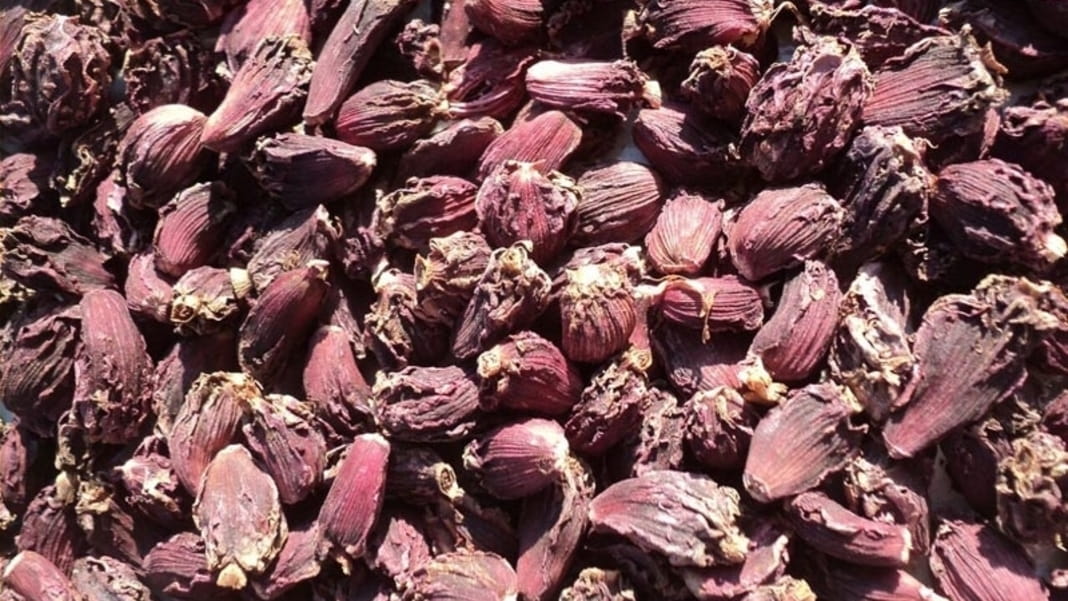Guwahati, July 04: Large cardamom is a perennial herbaceous plant which is popularly known as the ‘Queen of Spice’ and is the second most important spice crop in the world, next to black pepper.
Large cardamom is an economically important cash crop that provides a livelihood option for the rural communities in Sikkim Himalaya. There are as many as 23 insect pests found associated with large cardamom. Among the insect pests that attack large cardamom are leaf caterpillar, stem borer Shootfly, and White grub are considered important pests. The crop is believed to have been first cultivated by the indigenous Lepcha tribe and later on by the Bhutias and Nepalis of Sikkim and then spread to its neighbouring countries like Southern Bhutan and Eastern Nepal.

In a significant development, National Informatics Centre (NIC), Ministry of Electronics & Information Technology, Government of India and Spices Board, Ministry of Commerce & Industry, Government of India has signed the Memorandum of Understanding(MoU) for the project named Development and deployment of Artificial Intelligence (AI) aided tools for detection and Classification of Large cardamom diseases.
Large cardamom is a sciophyte- a plant that is grown under shade. The crop prefers humid subtropical, semi-evergreen forest hills of the eastern sub-Himalayan region.

The pest occurs sporadically in epidemic form every year in all the cardamom-growing areas of NE region and Darjeeling District of West Bengal. Usually, the incidence of the pest is observed from June to July and October to March in the field.
National Informatics Centre (NIC) has created the Centre of Excellence in Artificial Intelligence (CoE-AI) in NIC Calcutta to develop AI-based solutions and integrate them with e-Governance applications and has developed a proof of concept to detect various diseases of Cardamom leaves from the leaf images using AI-based models.
As per the MOU, the pictures of diseases-free leaves as well as leaves with diseases will be provided by the spices board to NIC. The images will be processed in NIC’s AI lab of NIC Kolkata. Using the information so extracted, the Artificial Intelligence tools will be trained to identify cardamom leaves with diseases.

MOU was signed by Mrs Sanhita Bhattacharjee, Scientist F and Additional State Informatics Officer, West Bengal and Dr A.B. Remashree Director (Research & Finance) from Spices board in the presence of Dr L.P.Sharma, State Informatics Officer(Sikkim) and his team from NIC Sikkim and many other officers from spices Board, ICRI and NIC participating in virtual mode.
The work is initiated under the patronage of Mrs. Shermishta Sengupta, Deputy Director General of NIC. NIC Sikkim, Spices Board and NIC Kolkata have been in discussion for the last three months for the finalization of this MoU.
Read: Public flogging of woman in Garo Hills: CEW chairperson meets victim
WATCH:
Find latest news from every corner of Northeast India at hubnetwork.in, your online source for breaking news, video coverage.
Also, Follow us on-
Twitter-twitter.com/nemediahub
Youtube channel- www.youtube.com/@NortheastMediaHub2020
Instagram- www.instagram.com/ne_media_hub





